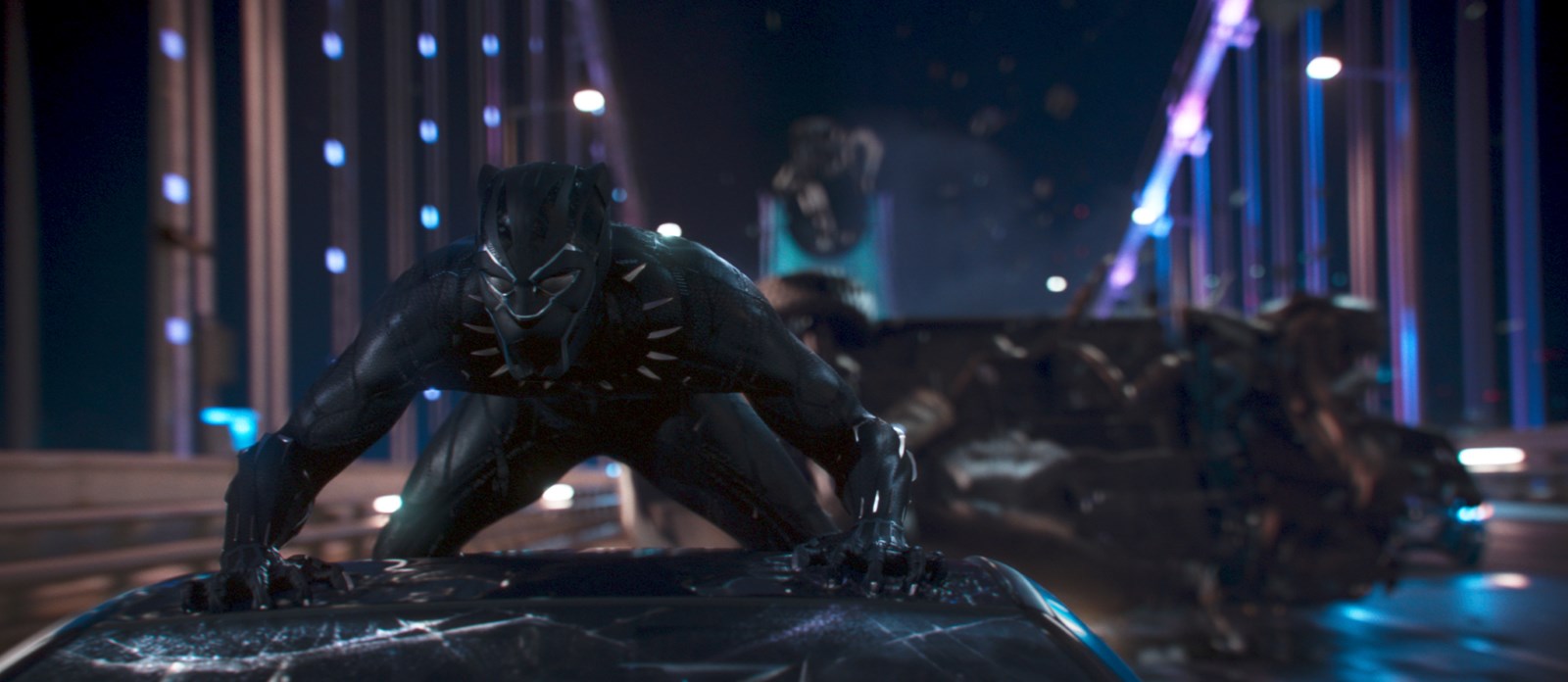[ad_1]
It’s not just a matter of visual effects companies getting lazy. As movies have started to rely even more on complex VFX, the firms creating them are overworked, underpaid and, at times, literally fighting for survival, according to one person who has worked on several recent blockbusters (and who asked to remain anonymous due to the sensitivity of their work). That’s led to a decline in overall quality, even while some studios continue to push new boundaries, like WETA, with its work in the recent Planet of the Apes trilogy.

Big-budget films used to require between 500 and 1,000 VFX shots, but that number is now regularly between 1,000 and 2,000, according to VFX Movies’ comprehensive chart. For example, The Fellowship of the Ring had just 480 visual effects shots in 2001, while the recent Hobbit films each featured around 2,000. (That’s also a clear example of how more effects don’t necessarily lead to better-looking movies.) Some of the biggest blockbusters today, like Captain America: Civil War and Avengers: Age of Ultron, required an astounding 3,000 VFX shots. To get all of this work done, Hollywood studios regularly enlist a large number of firms for a single film. Around a dozen worked on Black Panther, while Thor: Ragnarok had more than 20 companies churning out visual effects.
“It takes enormous teams to put this [VFX work] together. It takes individuals with specific skills sets to do it,” the insider said. “Movie studios need so much work, and they’re only willing to pay so much. The VFX are accounting for a pretty serious chunk of these $100 to $200 million budgets, but even that isn’t enough to cover the sheer amount of shots.”
Many VFX firms today are in a race to the bottom. They’re trying to undercut rivals that might steal potential jobs and taking on an excessive amount of work, often without making a profit. Most of these firms also have to pitch their talents to Hollywood, which occasionally involves doing $20,000 to $80,000 worth of work up front for free. Sometimes they end up working on huge films at cost, in hopes that it’ll lead to more lucrative (and less demanding) commercial work.
As you can imagine, this has made life rough for VFX workers. “In an attempt to slash costs the vfx facilities have eliminated benefits such as sick days, health insurance, and retirement accounts,” writes Daniel Lay, the formerly anonymous activist blogger VFX Soldier, who’s worked at studios like Digital Domain and DreamWorks Animation. “Many are forced to work under illegal conditions with unpaid overtime and 1099 tax statuses where we are responsible for paying the employer’s portion of social security. The projects have become more volatile as the vfx facilities try to please the demands of the director put in place by the studio.”
The sorry state of this industry is best encapsulated in the story of Rhythm and Hues, the company behind the astounding effects in Ang Lee’s The Life of Pi. Rhythm and Hues ended up declaring bankruptcy just two weeks before winning an Academy Award for their work in 2013. Their acceptance speech is now infamous. As the firm’s visual effects supervisor, Bill Westenhofer, tried to address the issues facing his industry from the podium, he was drowned out by the theme from Jaws and his microphone was cut off. It seemed that Hollywood’s interest in VFX studios lasted less than 60 seconds. (The short documentary “Life After Pi” offers an inside look into what went wrong for Rhythm and Hues.)
“Nowadays, almost every shot in a blockbuster film has some CG element,” one Industrial Light and Magic (ILM) worker told us. (They also asked to remain anonymous.) “Direction can change almost on a daily basis, where artists are redoing their work multiple times just to hit the ever-changing vision.” Hollywood studios are also seeking cheaper labor, which forces VFX companies to open satellite offices in places like Canada, where the US dollar is worth more, and locations that offer significant tax breaks.
Source link
 Tech News code
Tech News code


